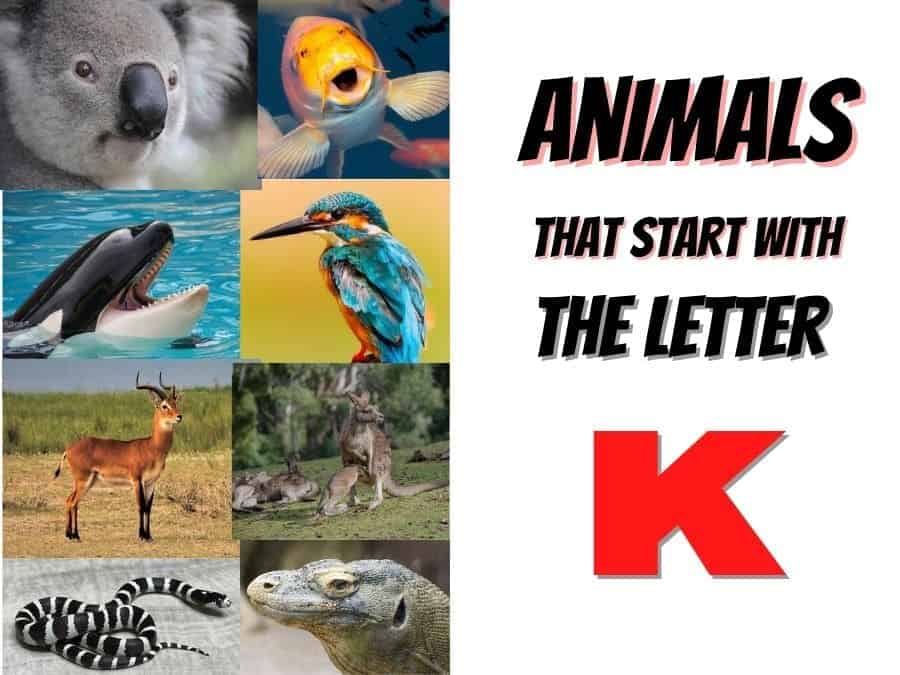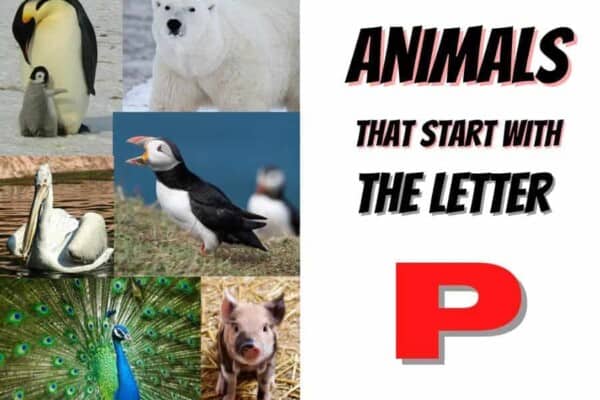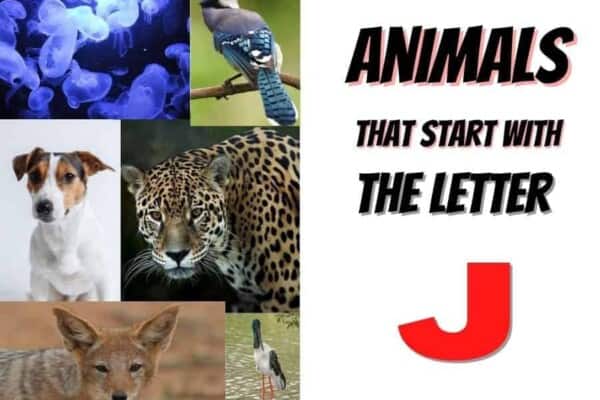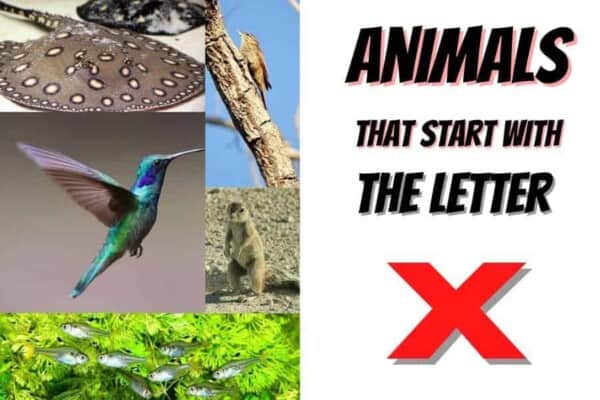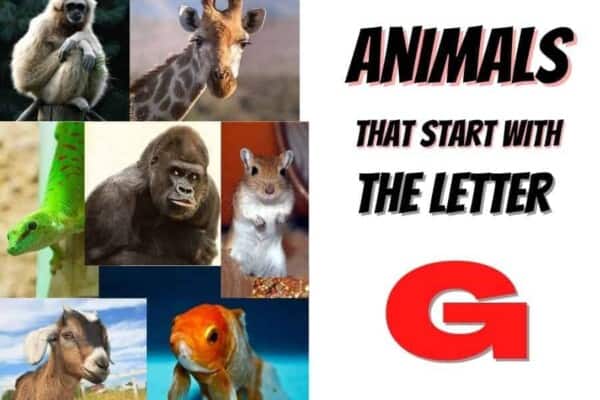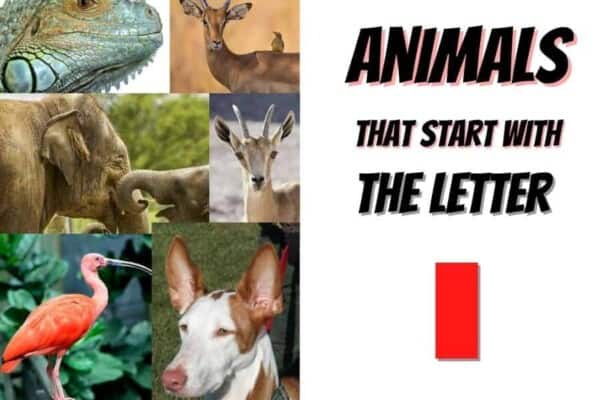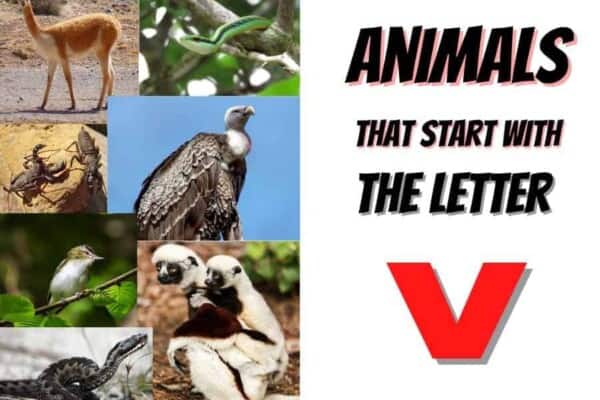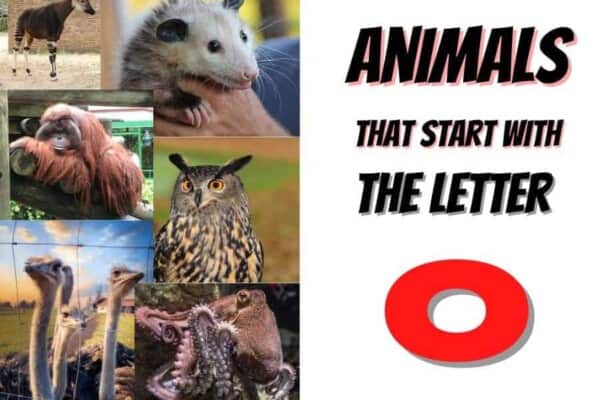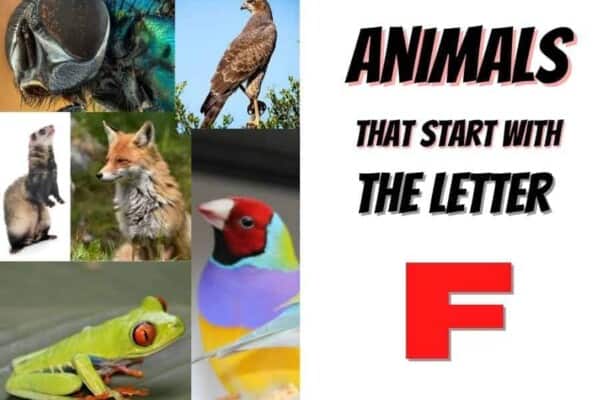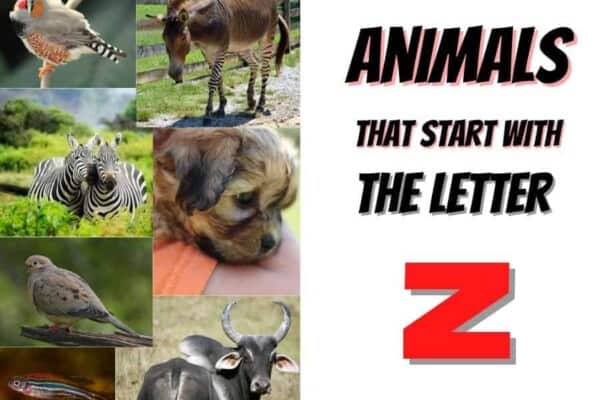How many animals starting with the letter K do you know? We’ve gathered them all in this article – from the bouncy kangaroo to the funny-looking kiwi, all the way through to the killer whale and the kinkajou.
Without further ado, let’s get into the list of all animals that begin with a K.
Animals Starting With The Letter K – The Complete List
- Kagu
- Kai Ken
- Kakapo
- Kangal
- Kangaroo
- Kangaroo Rat
- Katydid
- Keel-Billed Toucan
- Keelback
- Keeshond
- Kenyan Sand Boa
- Kerry Blue Terrier
- Kestrel
- Keta Salmon
- Key Deer
- Kiko Goat
- Killer Whale
- Kinabalu Giant Red Leech
- Kinder Goat
- King Cobra
- King Crab
- King Penguin
- King Rat Snake
- King Shepherd
- King Snake
- King Vulture
- Kingfisher
- Kinkajou
- Kirk’s Dik-Dik
- Kirtland’s snake
- Kishu
- Kit Fox
- Kite
- Kivu Shrew
- Kiwi
- Klipspringer
- Knifefish
- Koala
- Kob
- Kodkod
- Koi Fish
- Komodo Dragon
- Kooikerhondje
- Kookaburra
- Koolie
- Korean Field Mouse
- Korean Hare
- Kori Bustard
- Korinch’s Rat
- Kouprey
- Kowari
- Krill
- Kudu
- Kulan
- Kuvasz
Kagu
The kagu is a bluish-grey bird that lives in New Caledonia, it’s almost flightless and spends most of its time on the ground. Non-native species that have been introduced to its habitat prey on the Kagu, and it’s threatened with extinction.
Kai Ken
A Japanese breed of dog that is a national monument, kai ken are medium-sized dogs that are noted for being particularly loyal to their owners, and wary of strangers.
Kakapo
Also known as the owl parrot, the kakapo is found in New Zealand. With a distinctive yellow-green plumage, they are nocturnal and the world’s only flightless parrot.
Kangal
Native to Turkey, the Kangal was bred to be a shepherd dog, guarding livestock. Although sometimes referred to as a sheepdog, their actual role is to guard flocks against predators rather than herding them.
Kangaroo
Kangaroos are only found in Australia and New Guinea. Females have a pouch that joeys stay in to complete their postnatal development. The Kangaroo is an Australian national symbol, appearing on the national coat of arms and banknotes.
Kangaroo Rat
Native to Western North America, kangaroo rats are small nocturnal rodents. They are so named as they hop in a similar manner to kangaroos but are mammals, not marsupials.
Katydid
Also known as the long-horned grasshopper or bus cricket, they are found all over the world except for Antarctica. They get their name from the sound of their song, which sounds like “katy-did, katy-didn’t.”
Keel-Billed Toucan
A member of the toucan family the keel-billed toucan is the national bird of Belize and lives in tropical jungles from southern Mexico to Venezuela and Columbia. They don’t like to be alone and tend to fly in flocks of six to twelve.
Keelback
Keelback snakes are found primarily in Southeast Asia and are generally held to be harmless.
Keeshond
A medium-sized dog with silver and black fur, also known as a Dutch Barge Dog, they were often seen traveling on the barges of Holland’s canals.
Kenyan Sand Boa
A species of snake from northern and eastern Africa, females can grow up to 3 feet, whereas males are much smaller, growing no larger than 24 inches. Due to their small size, docility, and easiness to care for, they are popular pets.
Kerry Blue Terrier
Also known as the Irish Blue Terrier, they were bred as working dogs to control vermin, as well as herding cattle. Michael Collins, the Irish nationalist leader, had a Kerry Blue called Convict 224.
Kestrel
A bird of prey that originally came from Africa but is now found across most of the world. They are noted for their distinctive hunting technique of hovering 35 to 65 feet and sweeping down on their prey.
Keta Salmon
Also known as the chum salmon or dog salmon, they are native to the Beringian Arctic and North Pacific and coastal rivers.
Key Deer
An endangered species of deer that only lives in the Florida Keys. A subspecies of the white-tailed deer, it’s the smallest species of deer in North America.
Kiko Goat
Native to New Zealand, the word Kiko derives from the Mori word for meat.
Killer Whale
The largest member of the dolphin family, they have a distinctive black and white body and inhabit all of the world’s oceans. They have no natural predators and have a diverse diet including fish and seals.
Kinabalu Giant Red Leech
Only found on Mount Kinabalu in Borneo, they grow up to 20 inches and only feed on worms.
Kinder Goat
A domestic goat that only goes back to 1985 when an American Pygmy buck cross-bred with a Nubian doe.
King Cobra
Native to the jungles of South and Southeast Asia, the king cobra is the longest venomous snake in the world, growing up to 19 feet.
King Crab
Found in cold seas and thought to have evolved from hermit crabs, king crabs are extensively caught and sold, due to their size and taste.
King Penguin
Second only to the emperor penguin in size, king penguins live in the South Atlantic and South Indian Oceans. They have been found to dive to depths greater than 1,000 feet.
King Rat Snake
Found in East Asia and Southeast Asia, it is also known as the Taiwan stink snake. They can grow up to 8 feet and get their name from the fact they like to eat other snakes. Their other name is given because when they are picked up, they empty their post-anal glands producing a particularly bad smell.
King Shepherd
A dog bred from German Shepherds and Shiloh Shepherds; they are noted for their large size.
King Snake
Nonvenomous snakes found in the United States and Mexico, there are five species including the milk snake.
King Vulture
A large bird that inhabits Central and South America, they are scavengers and can live up to 30 years, they are referred to as a king because they displace other vultures from carcasses.
Kingfisher
Small to medium size family of birds found in Asia, Africa, and Europe, there are 114 species of kingfishers and most have bright plumage.
Kinkajou
Also known as the honey bear, kinkajous are found in tropical rainforests. Found in South and Central America, they are nocturnal mammals that measure up to around 50 inches from head to tail.
Kirk’s Dik-Dik
Found in East Africa, they are small antelopes that can run up to 26 mph, Kirk’s dik-diks are the largest of the dik-dik family of antelopes, but only stand up to between 14 and 18 inches.
Kirtland’s snake
A North American nonvenomous snake, they are relatively small with adults growing up to 18 inches, they are classified as being either vulnerable or an endangered species, depending on the location.
Kishu
A Japanese breed of dog initially bred as a hunting dog for dear and boar hunting.
Kit Fox
A species of fox that lives in North and Central Mexico and the Southwest United States. Within the Canidae family, it is one of the smallest species, but it has large ears so can hear exceptionally well.
Kite
The largest group of raptors in the world, with around six million worldwide, found in Australia, Asia, Africa, and Europe.
Kivu Shrew
Found only in the Democratic Republic of Congo, the Kivu Shrew is a small mammal that likes to live in swamps.
Kiwi
A flightless bird about the size of a chicken, it’s found in New Zealand and considered a national symbol, so much so that New Zealanders are often referred to as Kiwis.
Klipspringer
A small antelope that lives in South and East Africa, they’re small (17 to 23 inches) and mate for life, rarely being more than about 16 feet away from each other.
Knifefish
Knifefish refers to several knife-shaped fish, including the electric eel, most knifefish are electric and use electricity to find their way around.
Koala
Only found in Australia, and sometimes incorrectly referred to as a bear. They mostly eat eucalyptus leaves, but that doesn’t provide much energy, so they spend up to 20 hours a day asleep.
Kob
An antelope found in Central, Eastern, and West Africa. Females live in herds that number in the thousands, who are followed in the dry season by separate male herds that number in the hundreds.
Kodkod
The smallest felid (cat) species in America, inhabiting southern Chile and parts of Argentina. Due to a loss of habitat, there are believed to be less than 10,000 males and listed as vulnerable species.
Koi Fish
A type of carp, in the early 19th century they were bred in Japan leading to many different varieties and are often kept in decorative ponds.
Komodo Dragon
Part of the monitor lizard family, it is the largest species of lizard and inhabits the Indonesian islands of Gili Motang, Komodo, Rinca, and Flores. They can grow up to 10 feet, weighing up to 150 pounds. Due to the destruction of their habitat Komodo Dragons are listed as an endangered species.
Kooikerhondje
Originally bred as working dogs, kooikerhondjes are small spaniel-like dogs that originate from the Netherlands. They were particularly popular in the 17th and 18th centuries and appeared in some of Rembrandt’s paintings.
Kookaburra
Native to Australia and New Guinea, they are terrestrial tree kingfisher birds. Their distinctive call is often used in films where the setting is in Australia.
Koolie
A working dog bred in Australia for herding, it was bred in the 19th century from imported British working dogs.
Korean Field Mouse
Despite its name, the Korean field mouse is found right across Northeast Asia from Korea to the far East of Russia.
Korean Hare
A species of hare that is only found on the Korean peninsula and parts of Northeast China. An adult will usually weigh between 4.6 and 5.7 pounds with a body length between 18 and 21 inches.
Kori Bustard
The heaviest living animal capable of flight, with male birds weighing between 15 and 40 pounds.
Korinch’s Rat
A species of rodent that is only found in Western Sumatra, Indonesia. They live in high elevations of over 6,500 feet.
Kouprey
A wild bovine species found in Southeast Asia, it has tall, narrow legs and usually dwells in the forest. It has been listed as critically endangered and may be extinct, as one hasn’t been seen since 1970.
Kowari
A small marsupial found in the gibber deserts of Central Australia, the Kowaris is carnivorous with a wide diet including rats, mice, and insects.
Krill
Small crustaceans that are the main source of food for many animals and are considered an essential part of the food chain. They inhabit all of the world’s oceans and their name comes from the Norwegian for “small fry of fish”.
Kudu
Two species of antelope, the greater and lesser kudu, that are around 5 and 4 feet tall respectively. They are native to the savannas of Africa.
Kulan
Part of the onager subspecies, it’s also referred to as the Asiatic wild ass. It’s native to central Asia and in 2016 it was listed as an endangered species.
Kuvasz
A Hungarian dog bred for protecting livestock, they are large powerful dogs with thick white hair. Though traditionally working dogs they are now also kept as pets.
- Animals that start with A
- Animals that start with B
- Animals that start with C
- Animals that start with D
- Animals that start with E
- Animals that start with F
- Animals that start with G
- Animals that start with H
- Animals that start with I
- Animals that start with J
- Animals that start with L
- Animals that start with M
- Animals that start with N
- Animals that start with O
- Animals that start with P
- Animals that start with Q
- Animals that start with R
- Animals that start with S
- Animals that start with T
- Animals that start with U
- Animals that start with V
- Animals that start with W
- Animals that start with X
- Animals that start with Y
- Animals that start with Z

